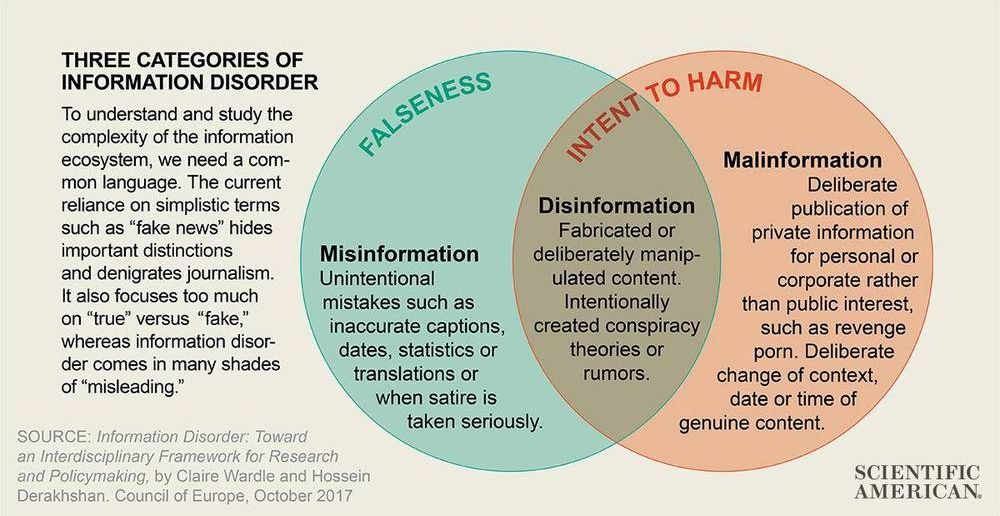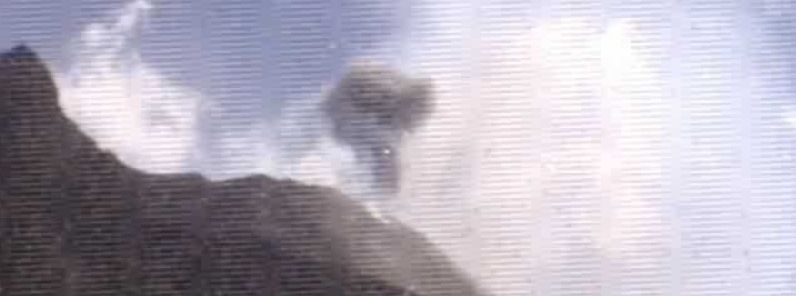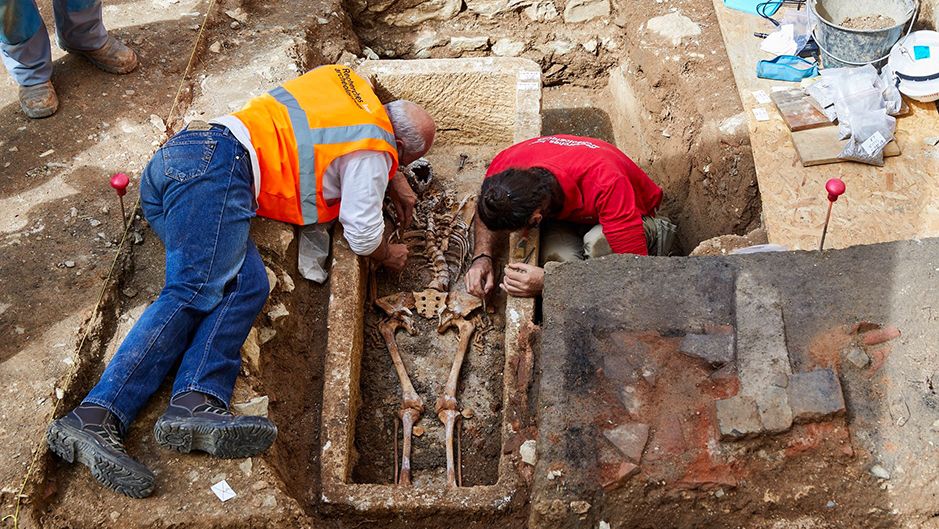
Category: futurism – Page 1,034


Intense activity at Stromboli volcano, Italy
Intense effusive activity from numerous vents at Stromboli volcano in Italy has resumed again on August 18, 2019, after several days decreased activity.
Frequent and often strong strombolian eruptions occur from several active vents in the crater terrace. Lava from the southwest rim seems to have increased its activity and feeds a lava flow that reaches about halfway down the slope of the Sciara del Fuoco, Dr. Tom Pfeiffer of the Volcano Discovery reported August 18.

7th-Century Skeleton From Mysterious Merovingian Era Unearthed in France
In what is being called an “unprecedented” discovery, a limestone sarcophagus containing the skeleton of a woman dating to the 7th century has been unearthed by archaeologists in Cahors, in southwestern France.
The discovery of the coffin, believed to be from the mysterious Merovingian era, was made as part of excavations carried out ahead of a redevelopment project by the archaeological unit of the Department of Lot, in cooperation with specialists from France’s National Institute of Preventive Archaeological Research.
Researchers Are Developing Smart Contact Lenses
Smart contact lenses will allow you to zoom in and record what you see!
It’s time to take the Animus out of Assassin’s Creed
The question of whether the Animus still belongs in the Assassin’s Creed series comes up with the release of each new game, but Assassin’s Creed Odyssey makes me even more sure that Ubisoft should take a simple, but obvious, step: Remove the Animus from future games completely and pretend it never existed.
People play Assassin’s Creed games to travel through time and kill a bunch of people; the framing device that explains how and why characters in our own time are themselves taking that journey has never felt so archaic and vestigial.
I don’t want to relitigate the past of the series or guess about the future, but the lore of the franchise itself is a mess, as you’d expect from any pop culture property that stretches across 20 games and 11 years. The easiest way to clean it all up would be to simply cut the line that holds all the games together, and that line is the Animus.
Glass Stress Cabins
Sweden is putting people in tiny glass cabins to eliminate stress.
Check us out on Instagram: https://attn.link/2wgJ0Mf
This schoolgirl is not real, she is CGI
CGI is getting better and better!